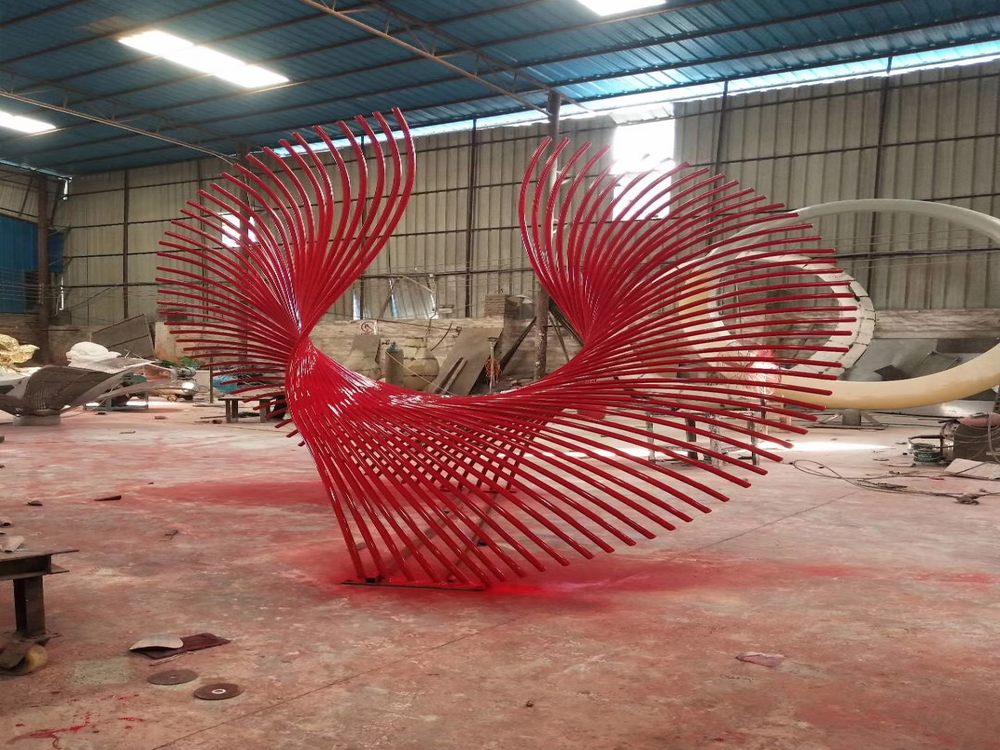
Artists masterfully create contrast between rough and polished stone surfaces by employing a combination of technical skill and creative vision. The process begins with selecting the right stone, as materials like marble, granite, and limestone respond differently to polishing. Using chisels, hammers, and rasps, sculptors first carve out the rough texture, intentionally leaving areas uneven to emphasize natural fractures and organic patterns.
For polished sections, artists progressively refine the surface with abrasives, starting with coarse grits and moving to finer grades. This gradual smoothing creates a mirror-like finish that starkly contrasts with untouched rough areas. Some sculptors use chemical treatments or heat to enhance texture differences further.
The interplay of light becomes crucial – polished surfaces reflect light sharply, while rough areas absorb it, creating dramatic shadows. Many artists intentionally position these contrasting textures to guide the viewer's eye or symbolize themes like duality in nature. Contemporary sculptors often combine traditional hand tools with modern power tools to achieve even more pronounced textural differences in their stone artworks.

